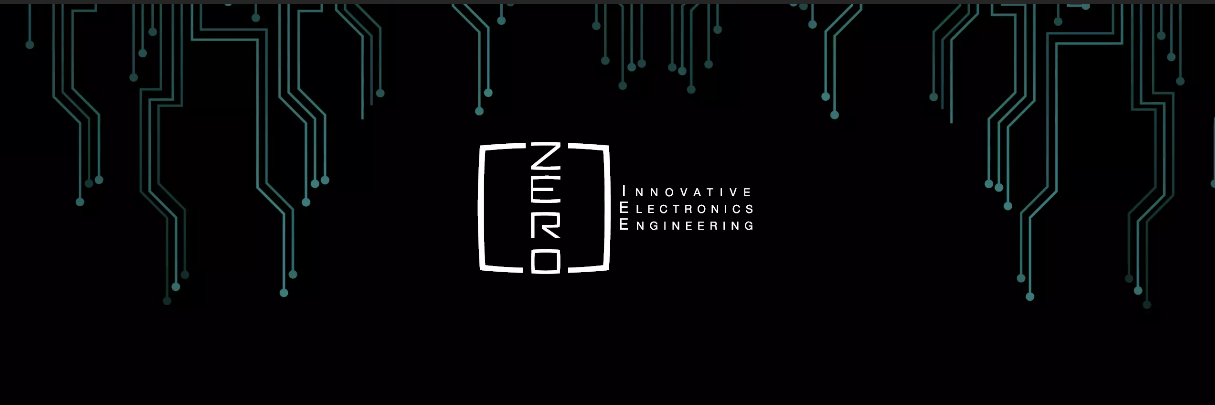


Innovative. Electronics. Engineering.
We are an 8-person startup from Ingolstadt, Germany - with focus on prototyping, electronics, software and connectivity topics.
#automotive #electronics #connectivity #embedded #linux #software #5g #prototyping #v2x
Imprint / Privacy: https://zero-iee.com/#kontakt
This profile is from a federated server and may be incomplete. Browse more on the original instance.